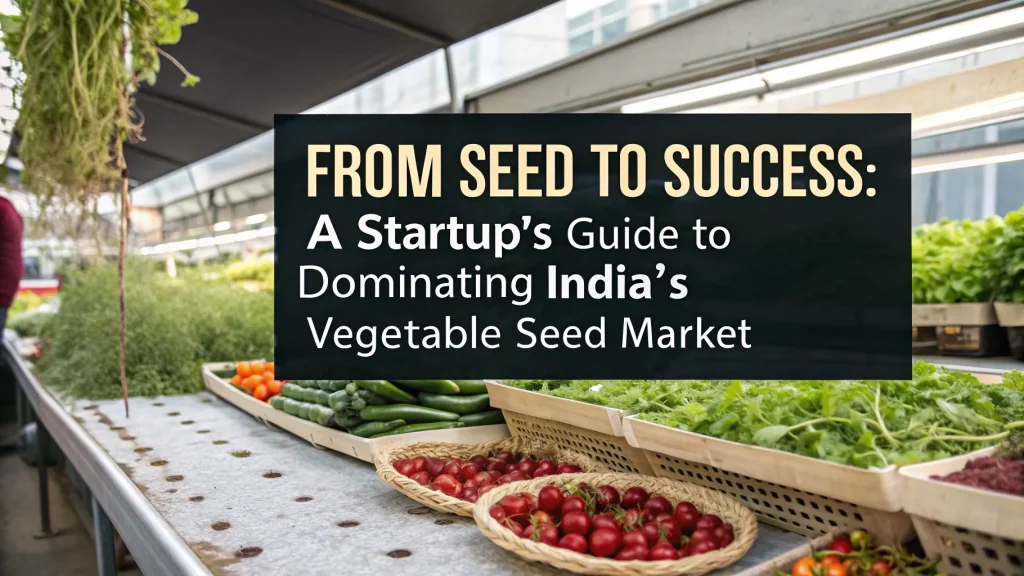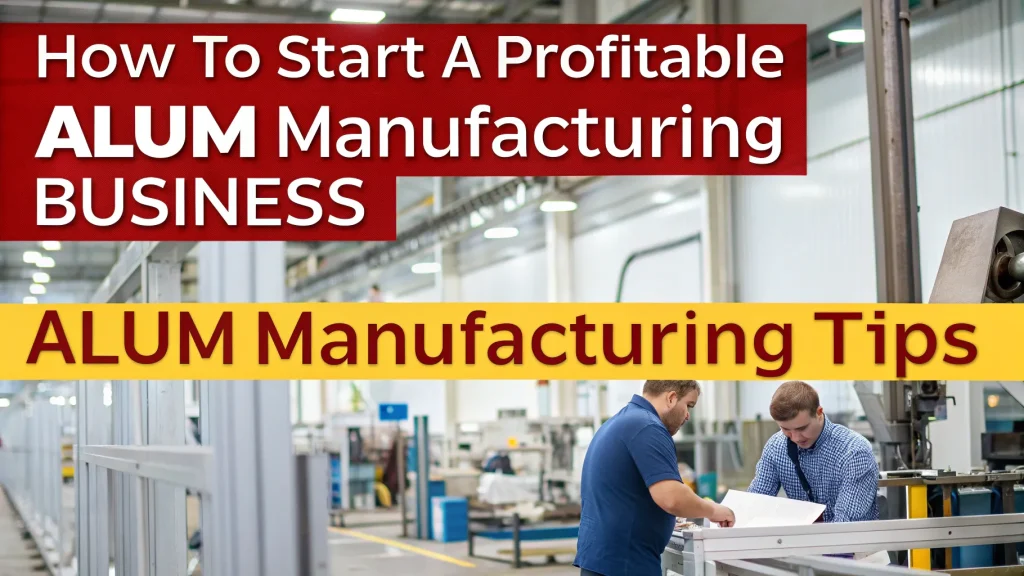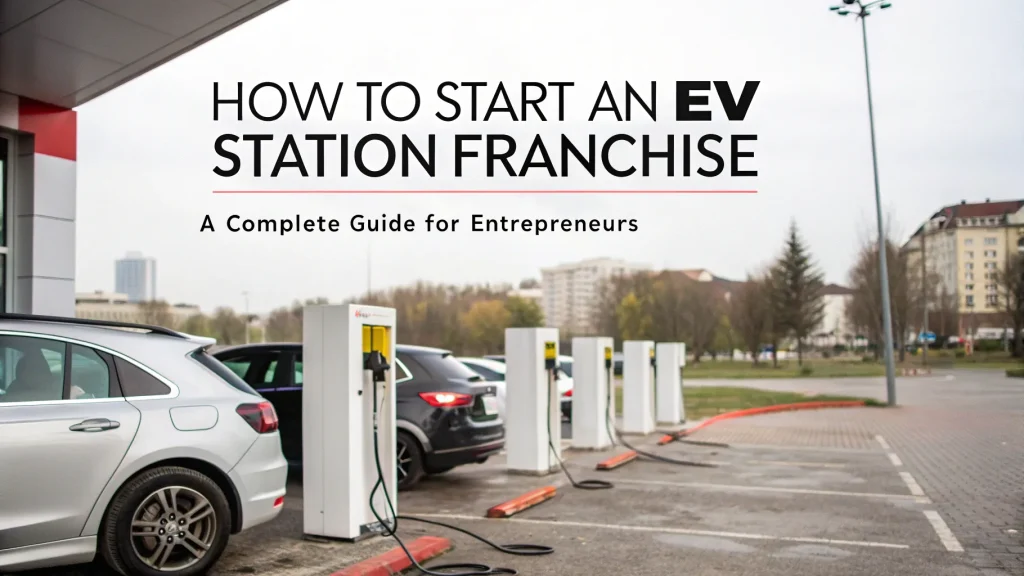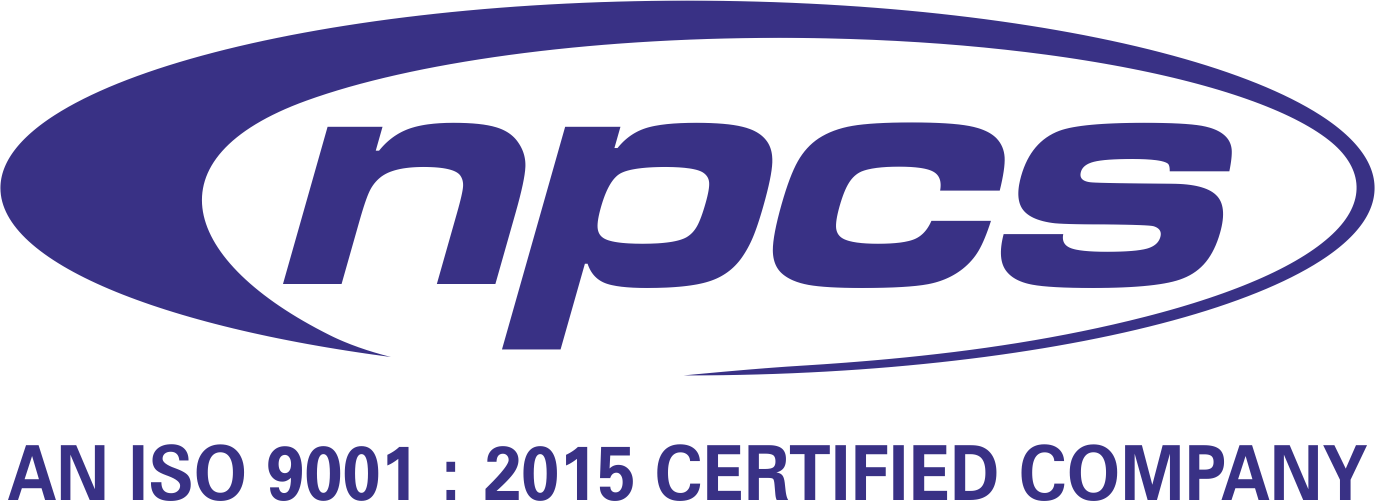The Fertilizers Manufacturing Handbook serves as an essential guide for entrepreneurs, chemical engineers, and investors looking to enter the ever-growing agrochemical industry. With the world population steadily increasing and global food security becoming a priority, the demand for agricultural productivity is soaring. Fertilizers play a pivotal role in enhancing crop yield and soil fertility, making them indispensable to modern farming.
The Indian fertilizer industry ranks among the largest in the world, supported by government subsidies, increasing rural awareness, and mechanized agriculture. Whether it’s urea, NPK blends, potash, phosphates, or organic bio-fertilizers, each type plays a crucial role in sustainable crop production. This Fertilizers Manufacturing Handbook will walk you through market scope, raw materials, machinery, formulation processes, legal compliance, and profitability.
Why You Should Start a Fertilizer Manufacturing Business
The fertilizer industry is recession-proof and driven by essential needs. With India being an agrarian economy, the consumption of fertilizers grows annually. The government supports the sector through subsidies and policies promoting balanced nutrient usage. Moreover, the rising popularity of organic and customized fertilizers offers new entrepreneurial avenues.
Visit this Page for More Information: Start a Business in Fertilizer Industry
1. Market Scope and Industry Insights
-
Global Fertilizer Market Size (2024): USD 210 billion
-
India’s Fertilizer Consumption (2023): 63.6 million tonnes
-
Expected CAGR (2024–2030): 4.1%
-
Top Consumers: China, India, USA, Brazil
India imports over 50% of its potash and DAP needs, presenting a significant opportunity for domestic production.
Click here to send your queries/Contact Us
2. Types of Fertilizers and Their Applications
| Type | Composition | Use Case |
|---|---|---|
| Nitrogenous (Urea, CAN) | High nitrogen content | Promotes leaf and stem growth |
| Phosphatic (SSP, DAP) | Contains phosphorus | Strengthens roots, flowering |
| Potassic (MOP, SOP) | High potassium | Improves drought resistance, yield |
| NPK Compound Fertilizers | Balanced mix | All-round plant development |
| Organic/Bio-Fertilizers | Natural origin (manure, bacteria) | Soil-friendly and sustainable |
| Liquid Fertilizers | Soluble nutrients in fluid form | Drip or foliar application |
3. Raw Materials Required
| Fertilizer Type | Major Raw Materials |
|---|---|
| Urea | Ammonia, Carbon Dioxide |
| DAP | Ammonia, Phosphoric Acid |
| NPK | Urea, DAP, MOP, Fillers |
| Organic | Animal manure, Compost, Microbes |
| SSP | Rock Phosphate, Sulfuric Acid |
India has abundant urea and ammonia capacity, while phosphate and potash are mostly imported.
Related Business Plan: MINI FERTILIZER PLANT
4. Manufacturing Processes (Overview)
A. Urea Production (Ammonia + CO? under pressure)
-
Ammonia synthesis from natural gas
-
Reaction with CO? to form urea
-
Granulation and drying
-
Cooling and bagging
B. NPK Blending Plant
-
Dry mixing of urea, DAP, MOP
-
Granulation (optional)
-
Screening and coating
-
Packaging
C. Organic Fertilizer Unit
-
Composting of animal dung/organic matter
-
Curing for 30–45 days
-
Crushing, drying, and sieving
-
Enrichment with bio-cultures
-
Packaging in 50kg/25kg bags
Automated plants ensure better consistency and higher volumes.
Download PDF: Fertilizers Manufacturing Handbook
5. Machinery and Equipment
| Equipment Name | Application | Cost (Approx. INR) |
|---|---|---|
| Granulators | For NPK or urea pelletizing | ?15–25 lakh |
| Mixing Units | Uniform blending | ?8–12 lakh |
| Compost Turners | For organic composting | ?5–10 lakh |
| Crushers and Sievers | Particle size control | ?5–8 lakh |
| Dryers and Coolers | Moisture removal | ?15–20 lakh |
| Packaging Machines | Automated bagging | ?10–15 lakh |
6. Investment Requirements
| Cost Component | Small Plant (INR) | Medium Plant (INR) |
|---|---|---|
| Land and Shed | ?10 – ?15 lakh | ?30 – ?50 lakh |
| Machinery & Installation | ?20 – ?50 lakh | ?1 – ?2 crore |
| Working Capital | ?10 – ?25 lakh | ?50 lakh – ?1 crore |
| Licensing & Compliance | ?5 – ?10 lakh | ?15 – ?20 lakh |
Estimated ROI: 20% – 35%
Payback period: 2–3 years
7. Licenses and Legal Compliance
| License/Approval | Issuing Authority |
|---|---|
| Fertilizer Manufacturing License | Agriculture Department |
| Factory Registration & MSME Udyam | State Govt/UDYAM Portal |
| Pollution Control Consent (CTE/CTO) | State Pollution Control Board |
| GST Registration | GST Portal |
| BIS Certification (For Urea/DAP) | Bureau of Indian Standards (BIS) |
| Packaging Standards Compliance | Legal Metrology Department |
8. Marketing and Distribution Strategy
-
Dealer Networks – Tie-ups with agro-dealers and rural retailers
-
FPOs and Cooperatives – Bulk sales to farming groups
-
Digital Platforms – List on AgriBazaar, DeHaat, Amazon Kisan
-
Government Tenders – Supply to state fertilizer corporations
-
Branding & Trust – Emphasize purity, certification, and high yield results
9. Challenges in Fertilizer Manufacturing
| Challenge | Solution |
|---|---|
| Fluctuating raw material prices | Long-term contracts and sourcing |
| Environmental regulations | Install emission and effluent systems |
| Seasonal demand variations | Diversify product line (organic/NPK) |
| Transportation to remote areas | Use local distributors and stockists |
10. Future Trends in the Fertilizer Industry
-
Customized Nutrient Blends based on soil testing
-
Slow-Release and Nano-Fertilizers for precision agriculture
-
Eco-friendly and Organic Inputs due to sustainability push
-
Public-Private Partnerships for subsidy-linked production
-
Exports to Africa and Southeast Asia with government incentives
Read our Books Here: Fertilizers Manufacturing Handbook
Conclusion
The Fertilizers Manufacturing Handbook outlines everything you need to build a profitable business in one of the world’s most vital industries. From inorganic to organic production, India’s strong agricultural base offers fertile ground for both large-scale plants and small entrepreneurs. By adopting smart technology, complying with legal norms, and delivering quality, your fertilizer brand can grow hand-in-hand with India’s green revolution.
Related Feasibility Study Reports: Fertilizers, Fertilisers, Inorganic Fertilizers
See More Links:
- Start a Business in Asia
- Start a Business in Potential Countries for Doing Business
- Best Industry for Doing Business
- Business Ideas with Low, Medium & High Investment
- Looking for Most Demandable Business Ideas for Startups
- Startup Consulting Services
- Start a Business in Africa
- Start a Business in India
- Start a Business in Middle East
- Related Videos
- Related Books
- Related Projects
- Related Market Research Reports
NIIR PROJECT CONSULTANCY SERVICES, DELHI
An ISO 9001:2015 Company
ENTREPRENEUR INDIA
106-E, Kamla Nagar, Opp. Mall ST,
New Delhi-110007, India.
Email: npcs.ei@gmail.com
Tel: +91-11-23843955, 23845654, 23845886
Mobile: +91-9097075054, 8800733955
Website: https://www.entrepreneurindia.co





